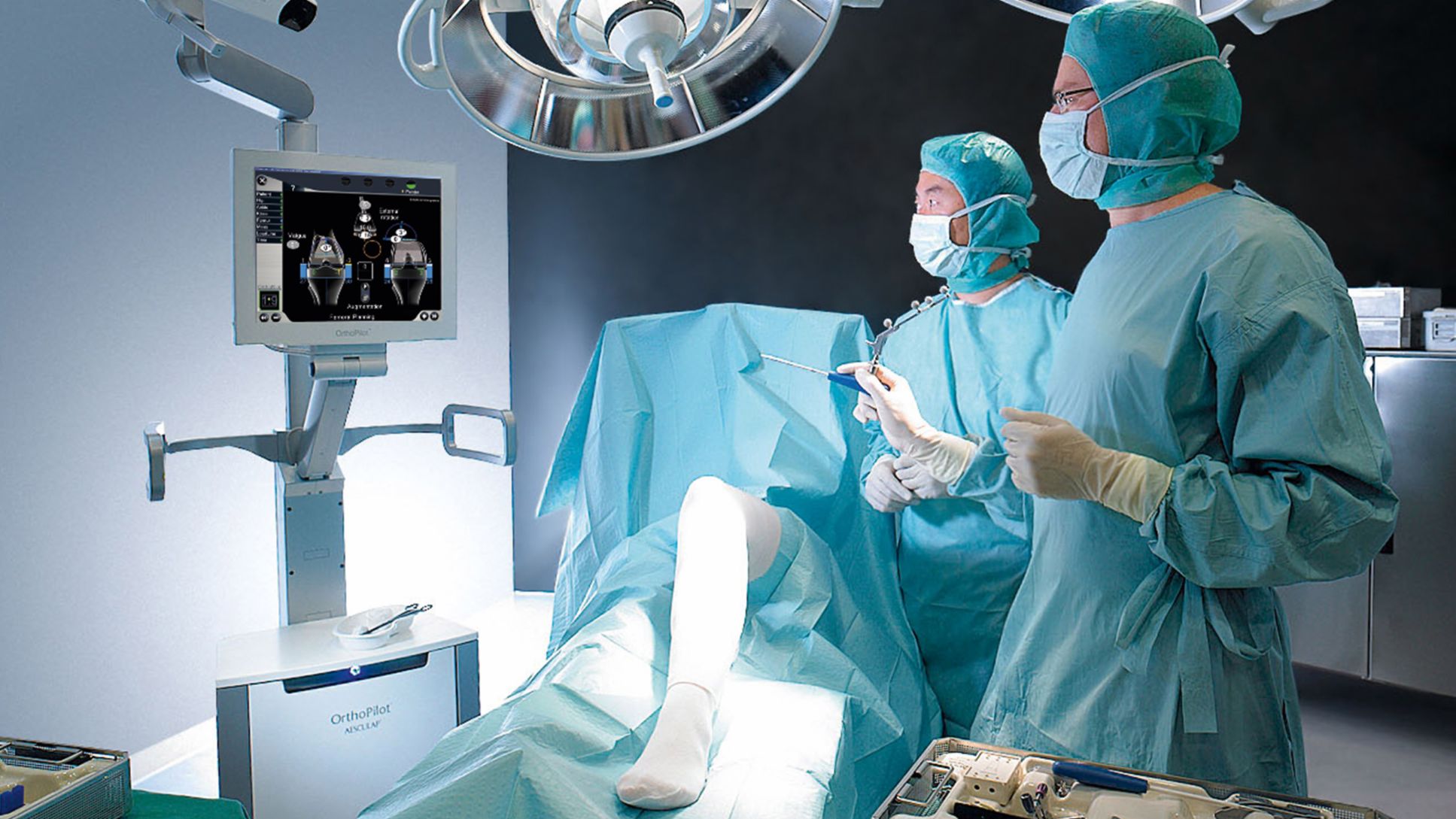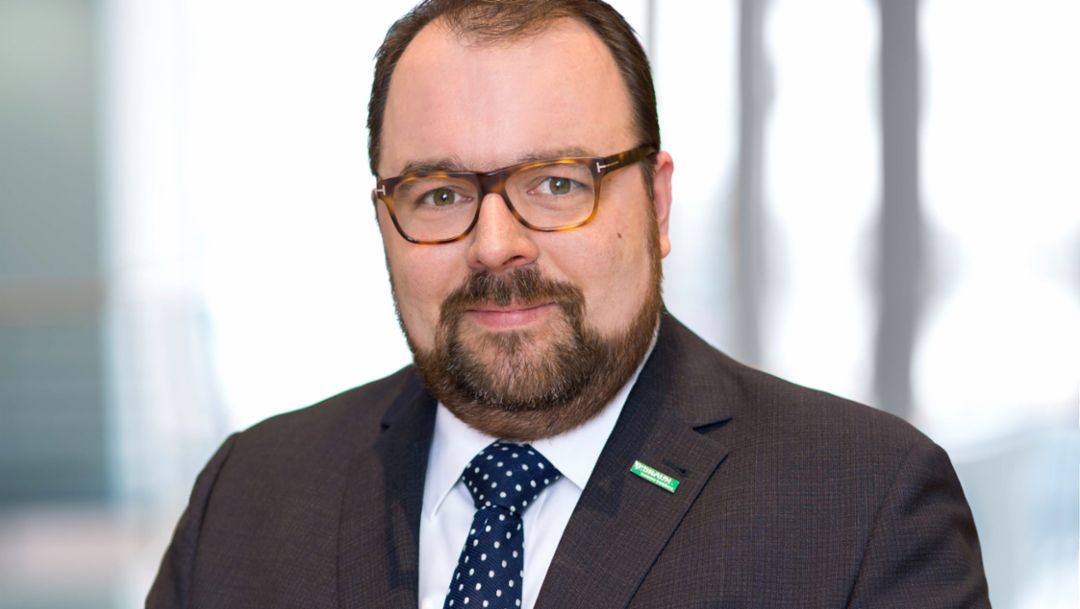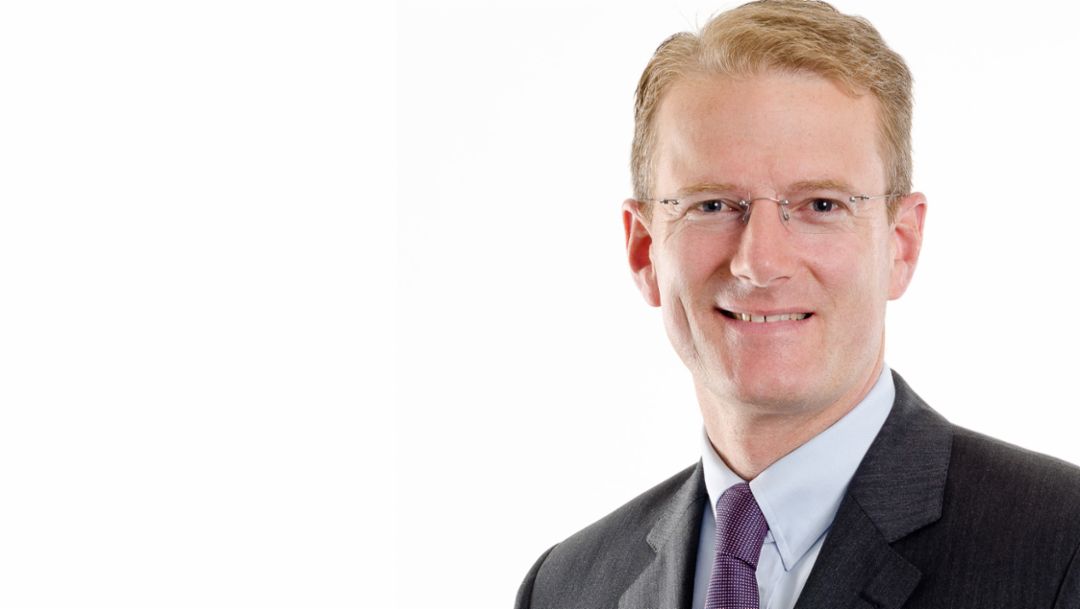The global market for hardware and software in the health care sector is currently estimated to increase fourfold over the next few years, from a good 60 billion dollars in 2013 to more than 230 billion in 2020. In response to this anticipated development, Germany’s Federal Ministry of Health drafted an “E-Health Act” in 2015, intended to pave the way for digital networking in this area.
The foremost changes facing the health care system concern structure and organization. “Digitization means better access to information, which offers the chance to substantially improve processes at hospitals and ultimately accelerate them as well,” says Professor Hanns-Peter Knaebel, Chairman of the Executive Board of the Aesculap medical technology company. As his colleague Professor Moritz Wente adds, “If all of the lab data, diagnostic imaging results, and medical records are available at your fingertips when treating patients, you also have a better basis for making decisions.” Aesculap AG, which employs around 11,500 people worldwide, is a leading producer of medical technology, including surgical instruments and implants. Headquartered in Baden- Württemberg, Germany, the company is a division of the B. Braun Melsungen AG Group, which has more than 54,000 employees.
Modern processes are expensive
Professors Knaebel and Wente are familiar with the practical side of surgery. Both spent many years working at operating tables in Heidelberg University Hospital. From an economic standpoint, these two managers also know that optimized treatment paths, lean and efficient processes, and flexible approaches to new therapeutic and diagnostic measures are key factors in combating the rising cost pressures that hospitals face. However, “It won’t be possible to pay for the latest types of treatment at all hospitals,” says Wente, Aesculap’s Chief Medical Officer. Innovative ways of using regional alliances and arrangements involving multiple hospitals are therefore needed.
Modern technologies are expected to bring not only economic benefits but also a significant improvement in the quality of medical services. As Wente explains, “They can detect potential sources of medical error and bring greater certainty to a number of areas. 3D and high-resolution imaging systems that go well beyond today’s MRI technology will enable even greater precision in surgical operations. Computer-controlled processes in intensive care units should be able to reduce medical error and mistakes in drug dosage.” Furthermore, he says, “The ability to compile and analyze large volumes of data offer superb opportunities for medical research. We will be in a better position to evaluate how diseases progress and to make more reliable prognoses for individual cases.”
In addition, technologies such as smart watches with specialized applications can collect and transmit health-related data on a continuous basis for purposes of both prevention and treatment. “In fact, major IT companies like Google are entering the health market,” notes Knaebel. “They are tapping into what is called the consumer health market, which is not subject to very stringent regulatory controls. Surprisingly, users are granting these corporations a huge degree of access to their data without concern that this information might be abused.”
Robots in the operating room
These and similar forms of artificial intelligence reach their limits when it comes to actual treatment and procedures. “Medical decisions remain the domain of natural intelligence, intuition, and extensive clinical experience,” says Knaebel. “Computers will one day provide doctors with excellent assistance, but they will by no means replace them.” This assistance can take many forms. Major medical priorities will consist of identifying diseases at even earlier points in time and treating them in even less invasive ways.
Knaebel sees a crucial role for molecular diagnoses, which use the genetic profiles of the diseases or patients. “Medical technology will support doctors in both diagnostics and treatment, with a focus on further limiting the extent of actual physical procedures.” Robotics, for example, have long been an established part of modern operating rooms. Doctors often use these artificial assistants in performing minimally invasive operations that use “keyholes” to access inner organs. “3D imaging and high-precision articulated instruments are reducing fatigue and helping surgeons to become even more precise in their work,” says Wente.
The therapeutic sector will be making greater use of additive processes, also known as 3D printing. “We have already used additive processes to make orthopedic prostheses with customized dimensions. For example, we made an artificial knee joint for a basketball player who is seven foot three,” reports Knaebel. But there is still a long way to go before organs can be printed on demand. “Tissue engineering processes are being further developed all the time, but the regulatory requirements in that field are quite strict.”
The possibilities offered by modern diagnostic and treatment methods are far from exhausted. However, the experts note that we still face the question of which processes a society is willing to pay for. “This is leading to discussions of the ethical and moral aspects,” says Wente. Conflicts between individual desires and the availability of health care resources would seem to be built into the system.
Porsche Consulting GmbH
Headquartered in Bietigheim-Bissingen, Porsche Consulting GmbH is a subsidiary of the Stuttgart-based sports car manufacturer Dr. Ing. h.c. F. Porsche AG. Founded in 1994 with a staff of four, it currently employs more than 380 people. An internationally active company with four subsidiaries of its own in Milan, São Paulo, Atlanta, and Shanghai, it is one of Germany’s leading management consultancies. Its experts in operational excellence advise large corporations and medium-sized companies worldwide in the automotive, aviation and aerospace, and mechanical and plant engineering industries. Clients also come from the financial services, consumer goods, retail, and construction sectors.
Survey
Text first published in „Porsche Consulting - THE MAGAZINE", Issue 17
Author: Peter Weidenhammer // Photos: Aesculap AG






